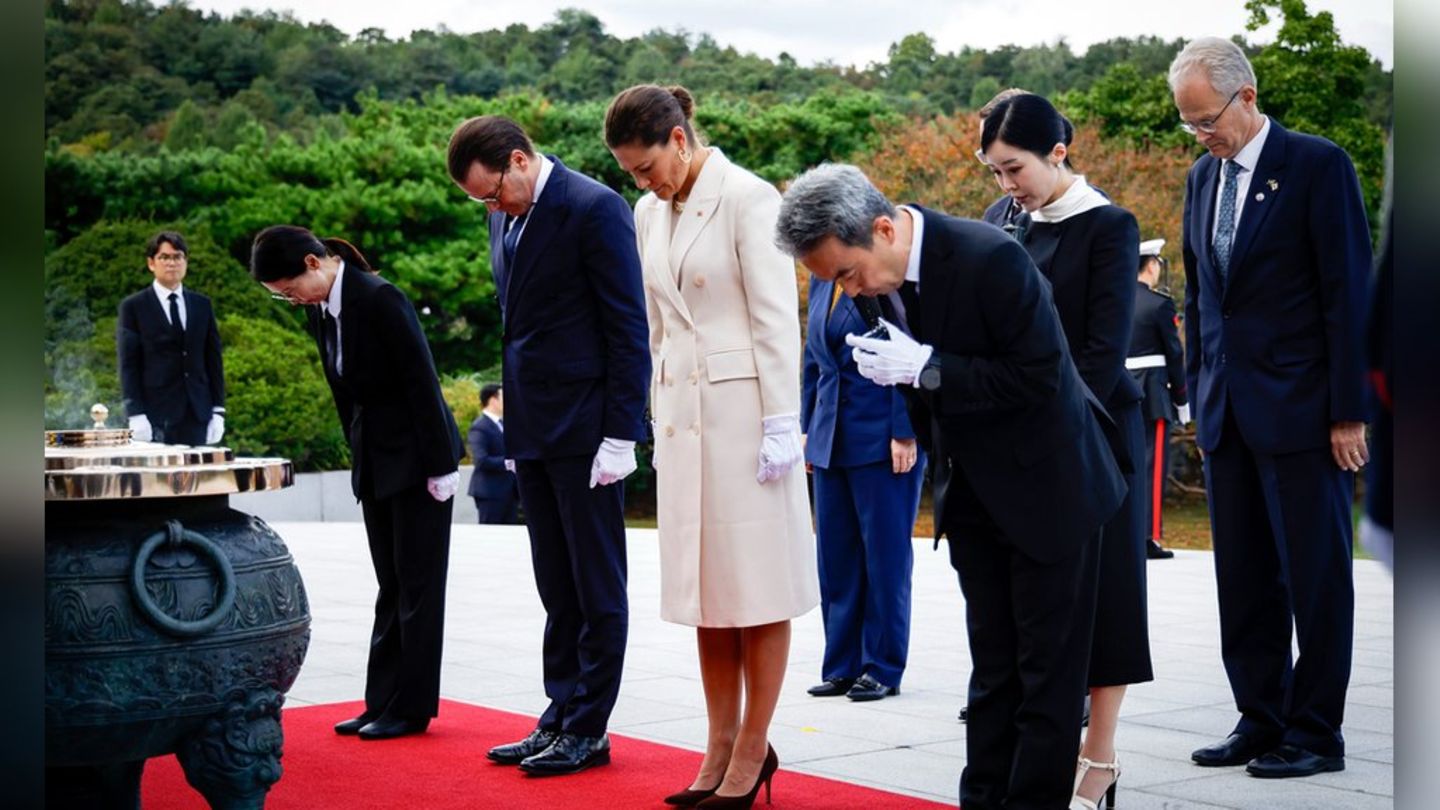There is strong tension in the financial market amid the doubts generated by Trump’s statements by questioning aid to Argentina. The bonds pay more than 100% in 24 hours, the interbank rate exceeded 180%.
Volatility takes over the financial market after a poor digestion of what was the meeting between President Javier Milei and the American Donald Trump, in which the US president left serious doubts about what could happen with the support promised to Argentina in the event that the Government suffers a defeat in the legislative elections on October 26. As a symptom, interest rates shot up yesterday above 100%, a level that they maintain today, and that even in the case of interbank rates exceeded 180%. Liquidity is being sought in the run-up to this afternoon’s bidding.
The content you want to access is exclusive to subscribers.
The tension has already been felt since the beginning of the week. The dollar started with a sharp drop the US Treasury intervention in the local market, buying pesos to reduce pressure on the exchange rate, and the promises of its owner, Scott Bessent. But Trump said yesterday that if Milei’s government does not win the elections “it will not be generous with Argentina”, he detonated the patience of investors.


Short-term interest rates in pesos registered marked upward pressure this Tuesday due to the lack of liquidity in the financial system. The one-day stock bond reached an intraday maximum of 133% TNA, while the interbank repo was around 125% TNA and wholesale fixed terms already yield close to 54% TNA.
The phenomenon occurs before the last debt tender before the October 26 elections, scheduled for this Wednesday, where the Treasury will have to face maturities for some $3.8 trillion of Boncap T17O5.
The Treasury Dilemma
The Ministry of Economy faces a dilemma: validate very high rates to achieve a 100% rollover or release liquidity to the market by paying part of the maturities in cash, which would alleviate financial tensions but reduce the refinancing capacity.
Market operators told Ámbito that “the lack of liquidity is due to the fact that they took out many pesos by selling dollars and now absorption by the futures market is added.” According to analysts, the Treasury has $14 billion deposited in the BCRA, which would give it room to inject pesos into the system.
The BCRA deactivated its control tool
The Central Bank used simultaneous operations in BYMA to absorb pesos at a rate of 25%, maintaining guarantees at around 23%. However, this mechanism lost effectiveness: the stock of absorbed pesos fell from more than $6 billion to just $0.02 billion.
“This reveals the Government’s bias to prioritize high rates over low rates,” they said from Bull Market.
Economist Federico Glustein warned that “it is likely that the Treasury will not be able to roll over 100% and will finally opt for a lower rollover and greater assistance with the aim of injecting pesos.”
Source: Ambito
I am a 24-year-old writer and journalist who has been working in the news industry for the past two years. I write primarily about market news, so if you’re looking for insights into what’s going on in the stock market or economic indicators, you’ve come to the right place. I also dabble in writing articles on lifestyle trends and pop culture news.




